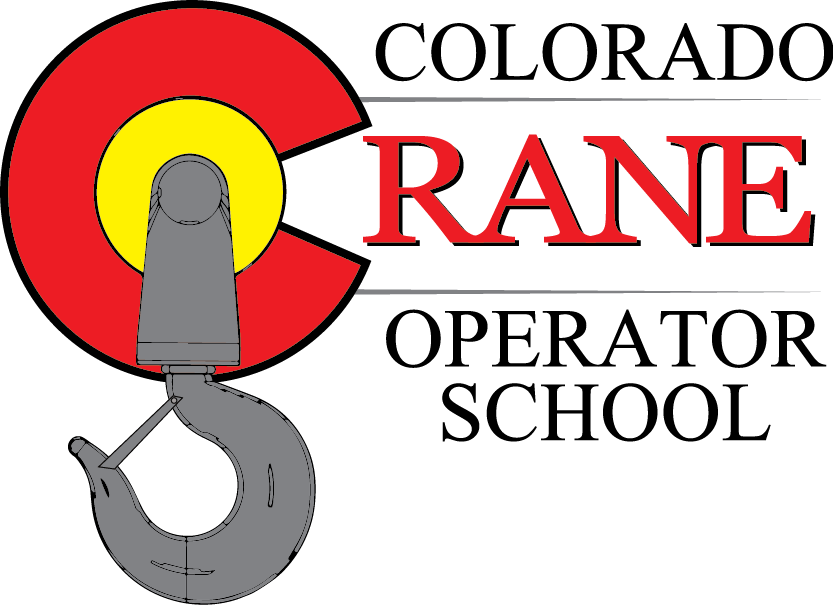Program Overview
A rigger is critical during hoisting operations on the jobsite. Not only must they perform their job in a safe manner they also need to be efficient. They are the individuals in charge of “rigging” up large loads and the methods they use can be complicated at times. They need to ensure items don’t tip, swing, or fall during transport. This job is extremely important, as loads falling while being moved can cause injury, death and/or serious property damage.
To complete the requirements of a good ground worker, the addition of becoming a signalperson is critical. You will understand crane dynamics, proper voice and hand signals along with the regulations discussed in this course are ASME B30.5, ASME B30.9, and OSHA 29 CFR Part 1926.1400. The course also discusses hoisting in the vicinity of powerlines and the necessary requirements stated in the OSHA standard 1926.1407-1411
The new OSHA standard states, “Employers must use riggers during hoisting activities for assembly and disassembly work. (1926.1404(r)(1)). Additionally, riggers are required whenever workers are within the fall zone and hooking, unhooking, or guiding a load, or doing the initial connection of a load to a component or structure. (1926.1425(c)).
A Signal Person Is Required For: The period of operation is not in full view of the operator (1926.1419(a)). The operator’s view is blocked in the direction the equipment is moving. Either the operator or the person handling the load will define a signal person is required for site-specific safety matters.
A written test and practical at the end of the class will assess each participant’s ability to solve rigging related problems. Each participant will receive a “Rigger” card along with a Rigger Reference Card to assist them in the field
Course Breakdown
Please see a breakdown summary of the information you will learn in this 8-hour course.
- Sling Inspection on Various Sling Types
- Chain, Web Sling, Wire Rope, Round Slings
- Sling Hitch Types
- Rated Capacity
- Sling Angle, Sling Stress
- Safe Load Handling
- Rigging Hardware Inspection
- Selection of Appropriate Rigging Hardware
- Recognize Associated Hazards
- Basic Rigging Techniques
- Crane Dynamics
- Signal Operations
- Understand Various Types of Rigging Equipment and Basic Hitches and their Applications
- Powerlines
- Proper Load Planning
- Perform Pre-use Inspection of Rigging and Lift Points
- Identify and Attach Rigging with Knowledge of Hitch Configurations and Load Angle Factors, Rigging Capacities, and Load Integrity
- Understand Load Dynamics and Associated Hazards
- Crane Limitations and Dynamics
- ASME B30.5 (2011) – Mobile & Locomotive Cranes, Section 5-3.3: Signals
- ASME B30.3 (2012) – Construction Tower Cranes, Section 3-3.3: Signals
- OSHA 29 CFR Part 1926 Subpart CC—Cranes and Derricks in Construction (Sections 1419, 1422, and 1428: Signalperson Requirements and Qualifications)
- Voice and Signal Communication
- Situational Awareness
Rigger Training Eligibility
This class is ideal for any individual looking to meet the updated OSHA regulations. The basic requirements for the Colorado Crane Operator School Rigger and Signalperson include is that you must be 18 years old. To complete the training, you will need to pass a written and practical exam. This qualification is valid for 3 years meeting the industry standards. Each person designated as the rigger or signal person must possess the ability to correctly rig or signify the operator when moving a load. It does not imply that a rigger must be qualified to do every type of rigging task.
